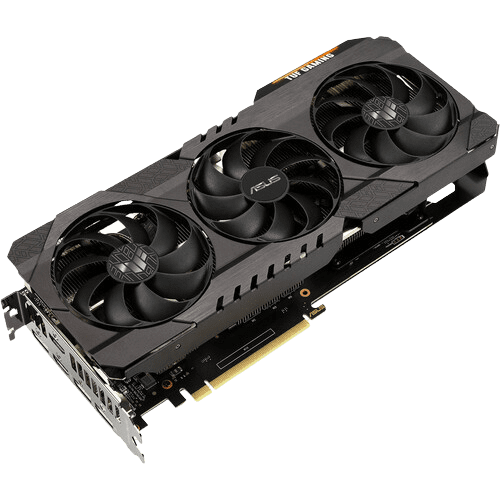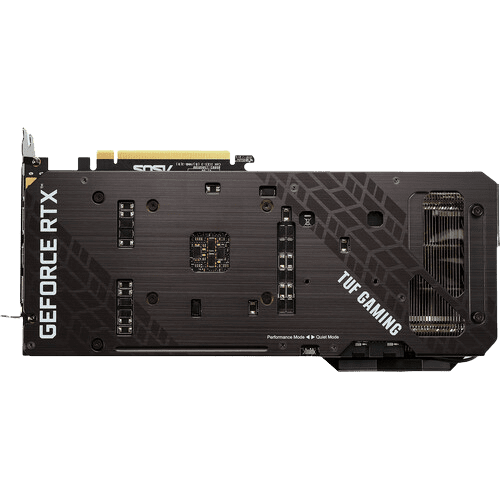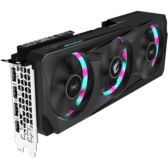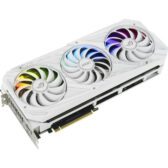Based on the Ampere architecture and designed to handle the graphical demands of 1440p gaming at high frame rates, the ASUS TUF Gaming GeForce RTX 3070 OC LHR Graphics Card brings the power of real-time ray tracing and AI to your PC games. The GPU features 8GB of GDDR6 VRAM and a 256-bit memory interface, offering improved performance and power efficiency over the previous Turing-based generation.This graphics card is the LHR (Lite Hash Rate) version and delivers an estimated 25 MH/s ETH Hash Rate. The value of the Hash Rate is for reference only and may vary depending on your PC hardware specifications, quality of your internet connection, and/or other factors.The front panel of the card features a variety of outputs, such as DisplayPort 1.4a and HDMI 2.1. HDMI 2.1 supports up to 48 Gb/s bandwidth and a range of higher resolutions and refresh rates, including 8K at 60fps, 4K at 120fps, and even up to 10K. The RTX 3070 is not just about high-resolution gaming. Computationally intensive programs can utilize the GPU’s 5888 cores to accelerate tasks using CUDA and other APIs.For cooling, ASUS implemented triple Axial-tech fans, providing improved airflow and dispersion.
NVIDIA Ampere Architecture
NVIDIA Ampere is the 2nd generation RTX architecture. It features up to twice the FP32 throughput, 2nd Gen RT Core throughput, and 3rd Gen Tensor Core throughput of the previous generation. It also features a Samsung 8N custom process and utilizes GDDR6X VRAM.
Real-Time Ray Tracing
The NVIDIA GeForce RTX platform enables real-time ray tracing of objects and environments with physically accurate shadows, reflections, refractions, and global illumination.
DLSS
NVIDIA DLSS (Deep Learning Super Sampling) is AI rendering that boosts frame rates while still providing optimal image quality using the dedicated AI processing Tensor Cores on the GeForce RTX platform. This gives you the performance you need to maximize ray tracing settings and resolutions for an immersive visual experience.
HDMI 2.1
The HDMI 2.1 interface provides increased bandwidth, allowing a single cable to output to 8K HDR TVs for ultra-high-resolution gaming.








